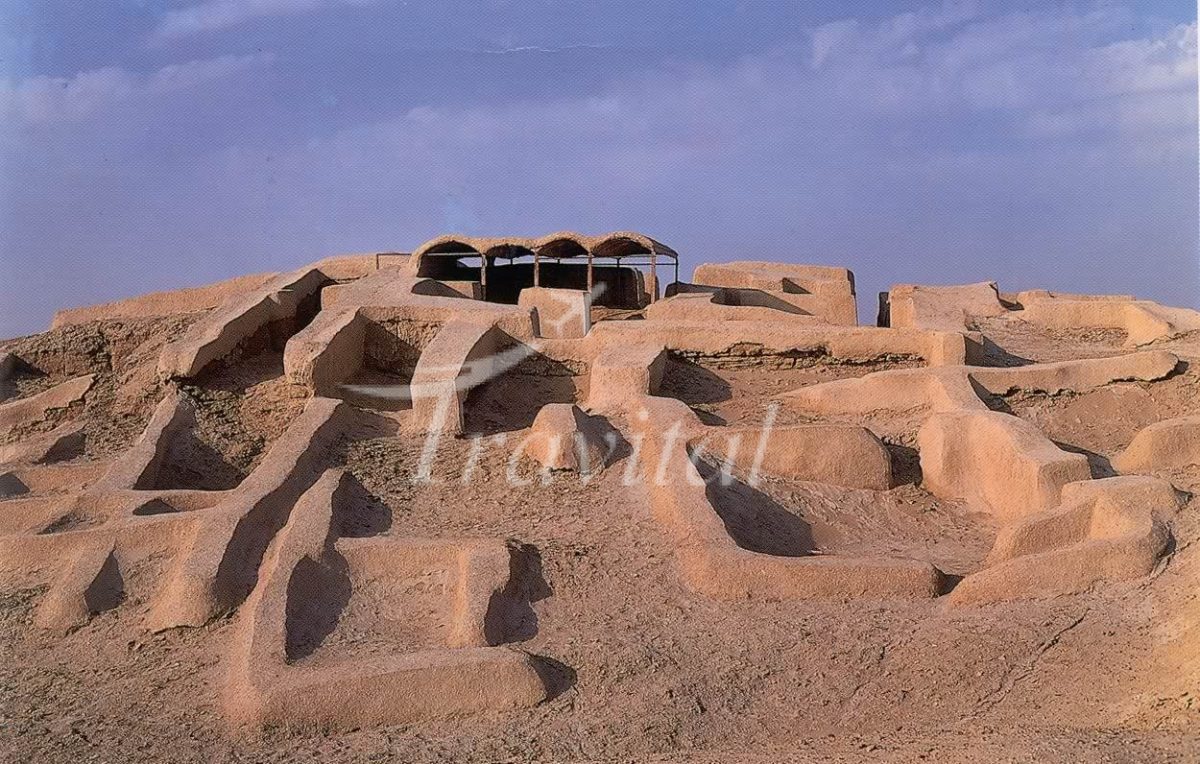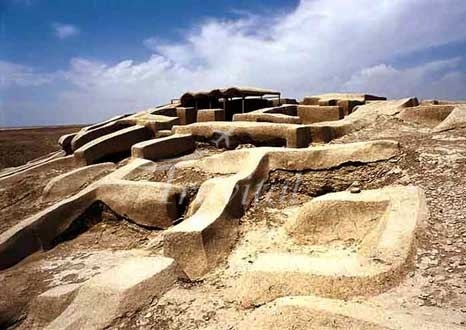Shahr-e-Sookhteh (Burnt City) – Zabol



Overview
This ancient city is located at a distance of 60 km. from Zabol and 6 km. from the Rostam Castle, and is comprised of hillocks with a maximum elevation of 50 m. This vicinity was one of the vital centers of Asian civilization in the bronze age, and dates to the 4th and 3rd millennium BC. Archaeological and scientific discoveries, have revealed a rectangular structure, with square chambers, a corridor, staircase and walls to the thickness of 3 m. to the rear of this archaic structure, that show the signs of a vast fire. Another vestige of the Achaemenian period, discovered in the excavations in hillocks of this area, is a bronze statue of a woman carrying an urn on the head. Colored earthenware found in Shahr-e-Sookhteh are related to the 4th, 3rd and 2nd millennium BC. and are similar to the civilizations of Mesopotamia and India. Furthermore, in these excavations a number of graves have been discovered too. The same are of various forms such as "simple hollows or pits" which outwardly are not consistent in shape. These are square, or right angular, and even at times being close to a sphere. The same have been used once, rarely twice and sometimes two corpses have been burned together. There are pits (containing a layer of gravel) and are in two sections, which have been separated from one another by a partition made of one or to the maximum five bricks. The most interesting of these graves are the catacombs or crypts of this burnt city. These are oval in shape and have been dug on one side, and are to a depth of 180 cm. whereas the other side is only 120 cm. deep. The entrance to this part of the grave is blocked by a brick wall, whereas the other section remains empty. At times these tombs were used twice for burial. Another type of grave is similar to a crypt or is a sort of false catacomb. Here a pit was dug, and to one side a brick chamber was constructed, the walls of which were covered with a horizontal brick. These crypts have been constructed with a double row of bricks, and have encrusted walls.
See more in Zabol
Your Travel Journey Starts Here
Sign up and we'll send the best deals to you

